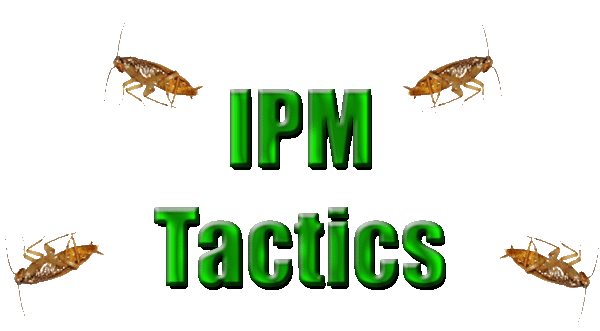|
2.) IDENTIFICATION
Now it is time to begin the investigation
to determine the types and numbers of insects present.
- First, identify the
insect after euthanizing it in the freezer for several hours. If
rapid identification is necessary, the vial containing the insect may be
filled with alcohol prior to placing in the freezer for several minutes.
- Compare the insect to pictures of pest insects shown
below. If not
shown, check the links to other IPM websites.
- Most insects in the urban environment are not pests. Therefore it may be challenging for the homeowner to identify insects not
listed on these sites. Focus investigative efforts on insects that are
present inside or near any sites of potential exterior pest damage.
- Pest monitors or glue boards may be
placed along edges and collected later in order to isolate infestations.
- Once the pest is identified, determine where the pest
is living and obtaining nourishment. This may be specific to each type of
pest though all sources of insect nourishment on the interior need to be
cleaned or removed from the area until the pests are eradicated.
- Pests may reside in inaccessible areas such as wall voids, under concrete
slabs, in ceilings, and floors. For these inaccessible areas with
pests nearby, ascertain where the pests may enter the structure and note
any insect trails, frass, odors, or dead insects.
Food Areas
If insects are found in or near stored
food, ensure all surrounding containers of food are pest free and sealed
to prevent pest access.
- Any food containing insects should be wrapped up and placed in freezer for
several days. This will kill the pests and reduce the chances of reinfestation
if frozen long enough prior to placing in outdoor compost.
- While dry foods may be salvaged coming
out of the freezer by straining out the insects, some pests leave behind
disagreeable tastes, smells, or irritating hairs.
- Non-dry foods infested with insects
should not be salvaged after freezing as they may be contaminated with
disease-causing microorganisms.
- Block insect access to all food in
compost with lid or layer of soil.
Construct a map of the structure including pest locations, entry
points, as well as unresolved sources of insect attraction and sustenance
in order to begin the treatment phase.
Pest Identification
Ants
Cockroaches
Flies
Stinging Insects
Stored Food (Pantry) Pests
Occasional/Seasonal Pests
For more information
U of MN Yard & Garden
News
U of MN
Extension: Insects
|



